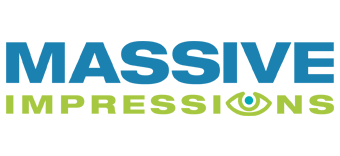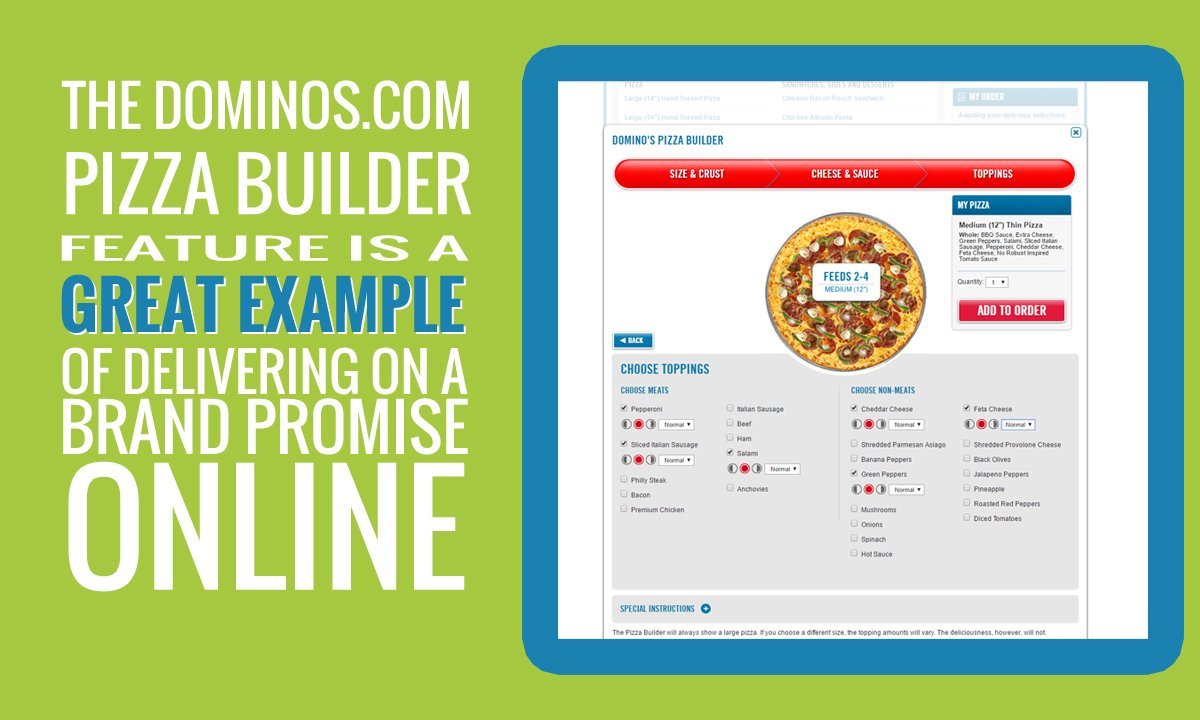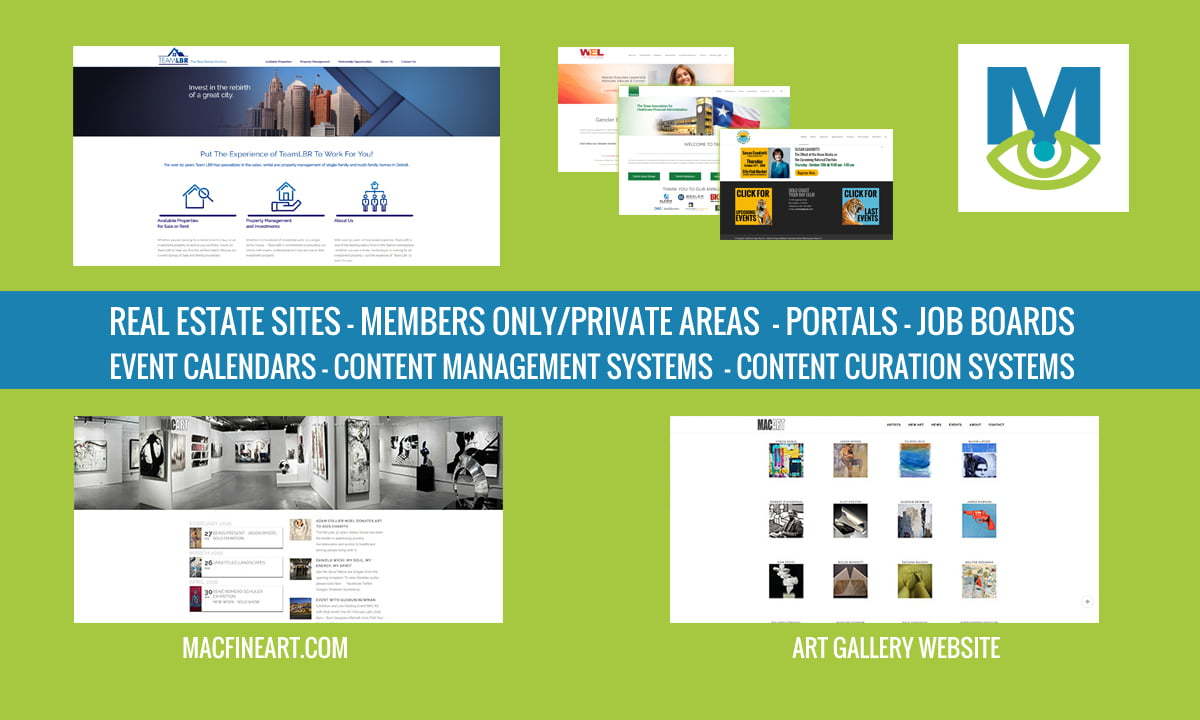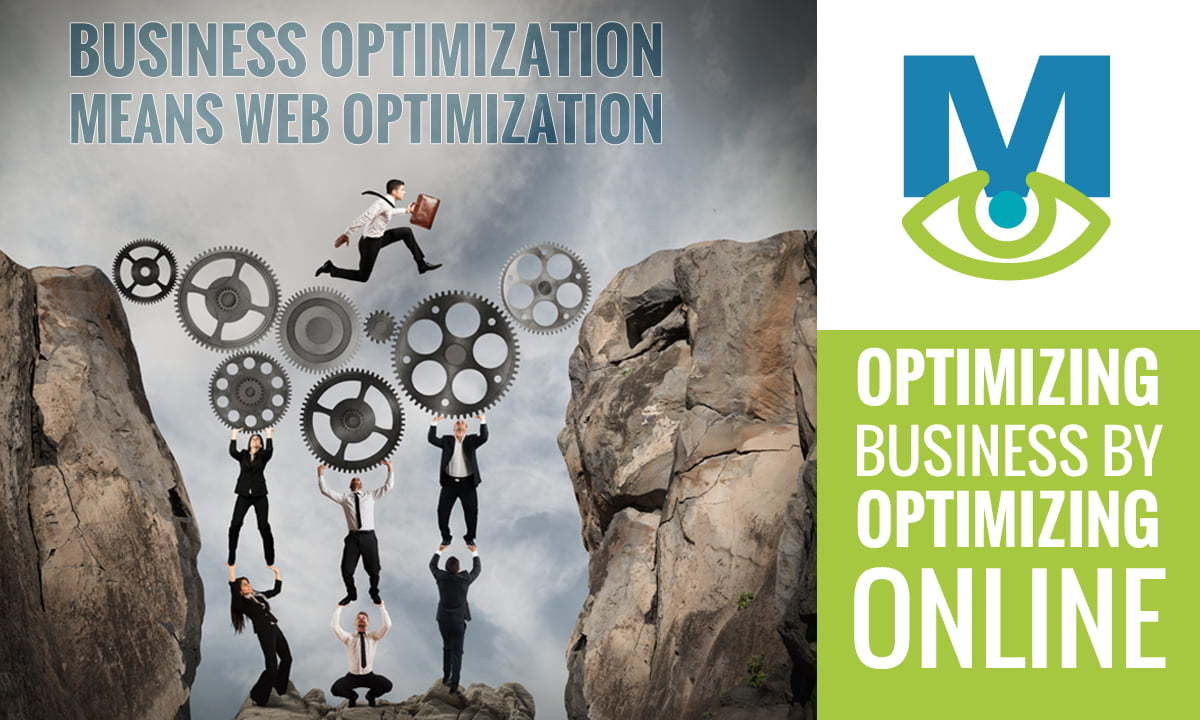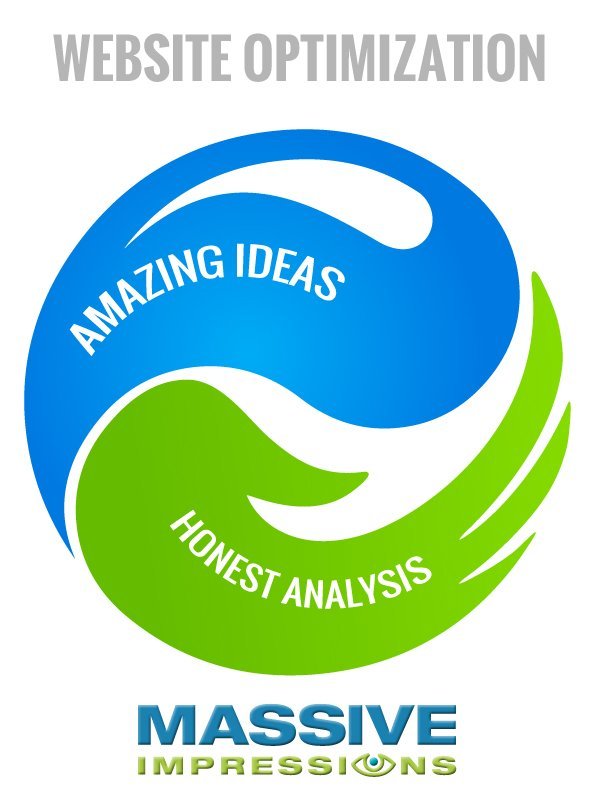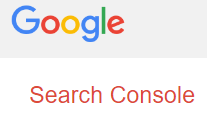Business Optimization
Precious business resources need optimization, business optimization, integrating online and offline presences.
Business Optimization is measured by the health of the sales funnel. If a sales funnel isn’t creating enough flow of new business, a business doesn’t meet it’s potential. All the revenue that could have been made from having the sales funnel flowing at the highest rate your company can handle is wasted. What gets wasted is not just the tangible gap between potential revenue and actual revenue. There’s also a lack of return on all the previous sacrifice and investment that went into the company since it was formed.

Well known factors determine the health of the sales funnel.
It’s helpful to visualize the factors that determine the rate and quality of the flow through the sales funnel as controllable via “sliders” or those little sliding controls that everyone is familiar with when adjusting volume on a device. If “dials” are more familiar to you, that’s OK, because dials and sliders are essentially the same – they control a value within a range. For example, they control the volume of a stereo where to the left means less volume and to the right means more volume. Factors that impact the business can be adjusted up or down.
There are digital factors that have strong impact on sales rates.
There are lots of variables that impact the sales funnel’s rate of flow, a lot of factors that can be adjusted up or down. There’s the quality of your salespeople, the investment in advertising, attending events, marketing collateral, participation in organizations, customer service, payment options, price and lots of other factors that can either speed up sales or slow them down. There’s one slider, one factor whose impact continues to grow, yet too many business don’t understand. This factor that has an increasing and dramatic, chronically underestimated impact on business is Website Optimization.
Your business doesn’t exist in a vacuum. You’ve got others who will take your customers from you.
Your customers are, at this very minute, doing their preliminary purchase research by visiting and comparing websites. They’re visiting your site. They’re visiting your competitor’s site. There’s a competition going on in their minds now, driven by the quality of your digital investments, the degree to which your website is optimized. Either your business will win, or your competitors will win, all determined without the customers stepping foot inside your door. Who has the best message, the best features, the best image, the best brand promise communicated online?
